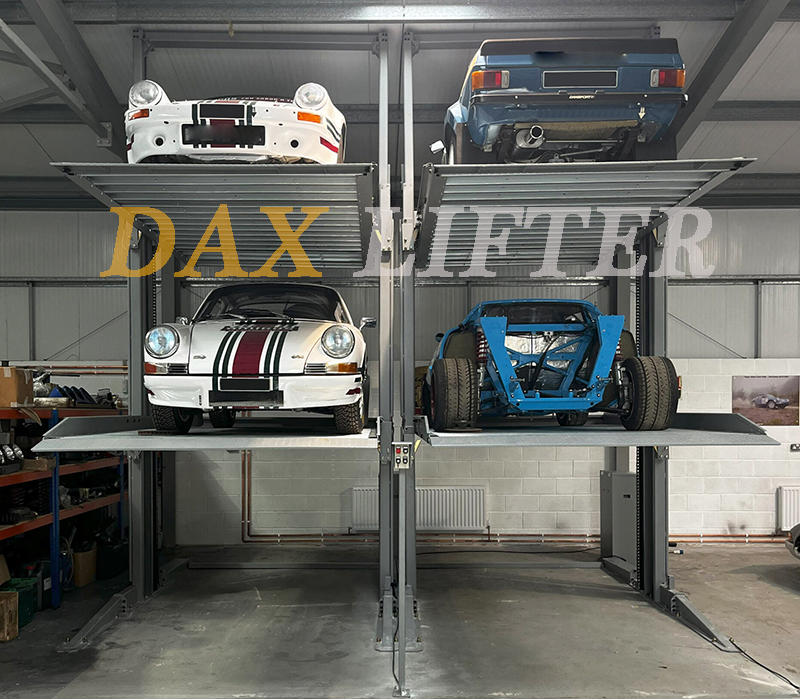To maximize the use of automobile storage warehouses, we can focus on the following aspects:
1. Optimize Warehouse Layout
- Rationally plan the warehouse area:
- Based on the type, size, weight, and other characteristics of automobile parts, divide and organize the warehouse layout. Ensure that materials of different types and properties are stored separately to avoid cross-contamination or interference.
- Clearly define storage zones, such as areas for raw materials, semi-finished products, and finished products, to enhance material retrieval efficiency and maximize space utilization.
- Utilize vertical space:
- Implement three-dimensional storage solutions like high-rise shelving, loft shelving, and cantilever racks to increase vertical space usage and reduce the warehouse’s footprint.
- Properly position and manage items on high-rise shelves to ensure accurate and quick storage and retrieval.
- Maintain clear and unobstructed aisles:
- Design aisle widths to ensure smooth and efficient flow of goods. Avoid aisles that are too narrow, which could hinder movement, or too wide, which could waste valuable space.
- Keep aisles clean and free from obstructions to minimize handling delays and enhance warehouse efficiency.
2. Introduce Automated and Intelligent Equipment
- Automated equipment:
- Integrate automated technologies such as Automated Guided Vehicles (AGVs), Automatic Crating Robots (ACRs), and Automated Mobile Robots (AMRs) to enable high-density storage and efficient handling.
- These devices reduce manual handling time and frequency, improving overall work efficiency and accuracy.
- Intelligent software platforms:
- Deploy intelligent software platforms such as Warehouse Management Systems (WMS), Warehouse Execution Systems (WES), and Equipment Scheduling Systems (ESS) for smart and data-driven warehouse management.
- These systems provide real-time and accurate data collection and processing to assist decision-makers in optimizing inventory management and resource allocation.
3. Strengthen Material Classification and Storage Strategies
- Detailed classification:
- Implement detailed classification and coding of materials to ensure that each item has a unique identification and description.
- Classified storage allows for quick and accurate identification and retrieval of materials, minimizing search time and the risk of misuse.
- Positioning and placement:
- Use efficient storage methods, such as classified and positioning-based placement, to improve space utilization and material retrieval efficiency.
- Establish fixed and mobile storage locations, organizing items according to inventory turnover rates and product attributes.
4. Continuous Improvement and Optimization
- Data analysis and feedback:
- Conduct regular, in-depth analyses of warehouse management data to identify potential issues and propose optimization strategies.
- Use data insights to guide improvements in warehouse layout, equipment configuration, and storage strategies.
- Process optimization:
- Streamline material distribution routes and operational processes to reduce unnecessary movements and handling.
- Simplify workflows to enhance operational efficiency and lower costs.
- Training and education:
- Provide regular safety and operational training for employees to enhance safety awareness and operational efficiency.
- Encourage employees to contribute improvement suggestions and participate in continuous improvement initiatives.
By applying these comprehensive measures, the space and resources of automobile storage warehouses can be maximized, operational efficiency and accuracy can be improved, costs can be reduced, and customer satisfaction can be enhanced.
Post time: Oct-14-2024

